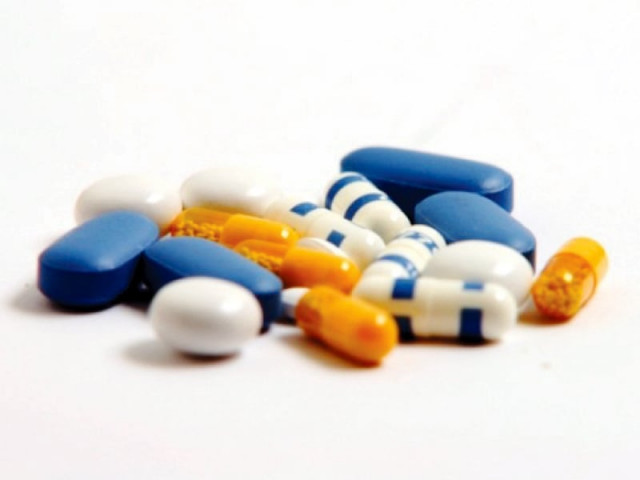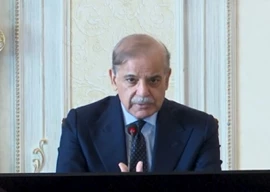
At least 6.7 million Pakistanis, or about six per cent of the country’s population aged between 15 and 64, have been using drugs in the last 12 months, according to Drug Use in Pakistan 2013 Survey Report presented in Quetta on Saturday.
Cannabis, opiates, heroin, cocaine along with medical tranquilisers and painkillers are among the types of drugs used. “This is the first-ever report on use of drugs at the provincial level,” said Cesar Guedes, representative of the United Nations Office on Drugs and Crime (UNODC).
The study shows Pakistan’s population aged 15 to 64 suffers from the debilitating effects of substance abuse. “Although 4.25 million individuals are thought to be drug dependent, treatment and specialist interventions are in short supply, available to less than 30,000 drug users a year,” the report noted.
Cannabis is the most commonly used drug, with prevalence among 3.6 per cent of the population, equivalent to four million users nationwide.

An estimated 860,000, which makes 0.8 per cent of the population, are regular heroin users and 320,000, 0.3 per cent, are opium users while 1.06 million people use both—1 per cent of population (aged 15-64 years). “The highest prevalence of opiate users was found in Balochistan, where 1.6 per cent of population uses either heroin, opium, or both. “The majority of drug users in this study fell between 25 and 39 years of age,” said the report.
Previously undetected in the country, trace levels of methamphetamine are now being reported with around 19,000 people estimated to have used this stimulant in the past-year.
“The number of People Who Inject Drugs (PWID) is estimated to be 430,000 nationwide or 0.4 per cent of the population,” stated the report, adding that among PWID, 73 per cent reported sharing syringes claiming lack of access to sterile injecting equipment.
“Among the general population, only 13 per cent can accurately name three modes of HIV transmission,” the report found. The report further noted that 1.5 per cent of population, or nearly 1.6 million people, reported non-medical use of prescription opioids (painkillers) in the past year.
“Men were found to use more drugs than women for most drug types, women were more likely to misuse tranquilisers and sedatives as well as amphetamines,” the report said.
The highest prevalence overall of any form of drug use was in Khyber Pakhtunkhwa where 10.9 per cent of the population had used an illicit substance in the past year.
Due to its large share of the population, Punjab had the highest number of drug users and people who inject drugs (PWID), with 2.9 million people using illicit substances in the past year, and around 260,000 people who currently inject drugs. “Cocaine use is negligible in most areas of the country, its use was reported in Pakistan-administered Kashmir where approximately 2,300 people had used cocaine in the past year,” revealed the report.
The survey showed nearly all regular opiate users reported having no access to drop-in centres or similar low threshold services in their area. Some 95 per cent in Balochistan and 93 per cent in Khyber-Pakhtunkhwa 93 per cent had no access, while 86 per cent and 77 per cent in Punjab and Sindh reported having no access to such services, respectively.
“The information contained in the report will form the baseline for future planning,” Cesar told reporters.
Balochistan Health Minister Rehmat Saleh Baloch said that the ministry is collaborating with UNODC for prevention of both drug use and spread of HIV among people who inject drugs.
Published in The Express Tribune, November 23rd, 2014.


1725254039-0/Untitled-design-(24)1725254039-0-270x192.webp)















COMMENTS
Comments are moderated and generally will be posted if they are on-topic and not abusive.
For more information, please see our Comments FAQ